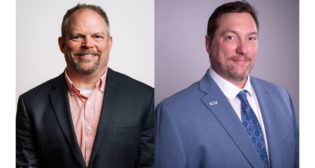
PHL Hosts Supply Chain Event
Written by William C. Vantuono, Editor-in-Chief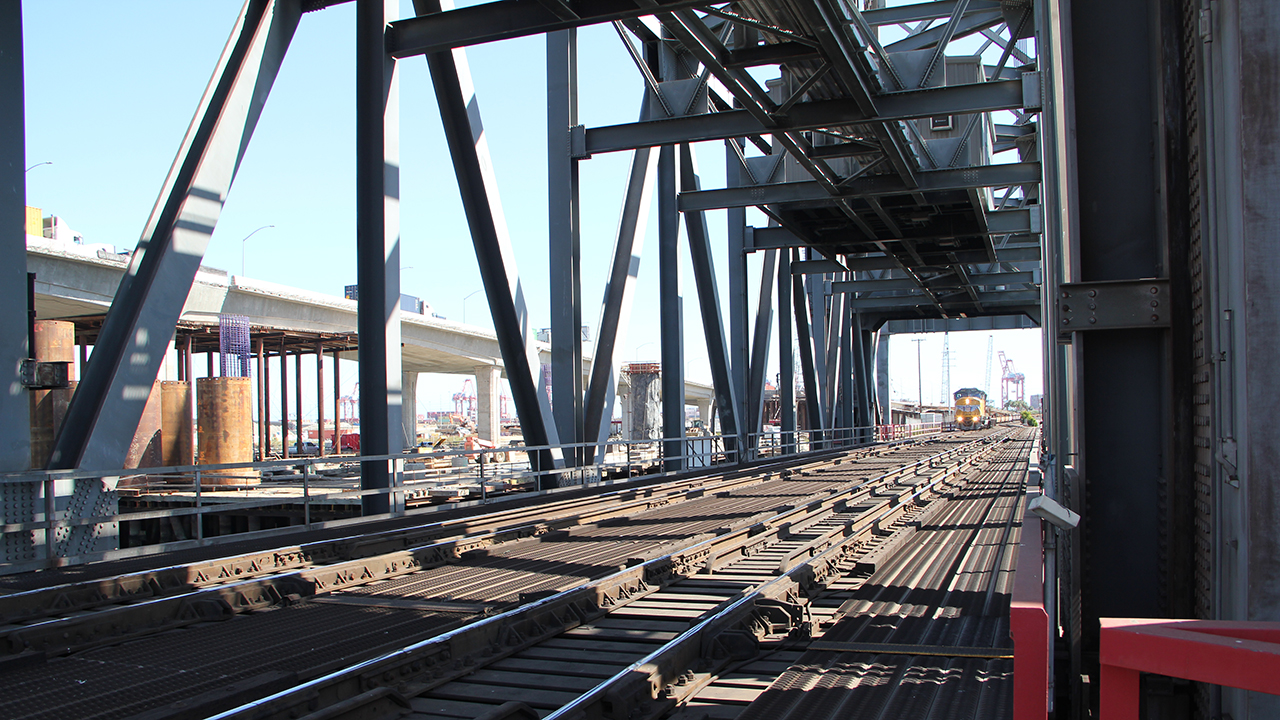
One of dozens of intermodal trains operated daily by Pacific Harbor Line rolls onto the Badger Bridge, location of the railroad’s dispatch center. PHL photo.
Anacostia Rail Holdings (ARH) wholly owned subsidiary Pacific Harbor Line (PHL) on March 27 hosted officials of the U.S. Surface Transportation Board (STB), Southern California ports, and labor organizations to discuss “how supply chain operations at North America’s largest combined port complex can further strengthen its support of safe, efficient and green rail transport.”
Participants included STB members Karen Hedlund and Michelle Schultz; Port of Los Angeles Executive Director Gene Seroka; Port of Long Beach Executive Director Mario Cordero; Los Angeles Harbor Commissioner Diane Middleton; Alameda Corridor Transportation Authority CEO Michael Leue; International Longshore & Warehouse Union Local 13 President Gary Herrera; and Brotherhood of Locomotive Engineers and Trainmen Division 214 General Chairman Brian Carr. Other guests included representatives of BNSF, Union Pacific and PHL, and rail industry consultants. Activities included a tour of on-dock rail facilities, marshaling yard and the Badger Bridge dispatch center.
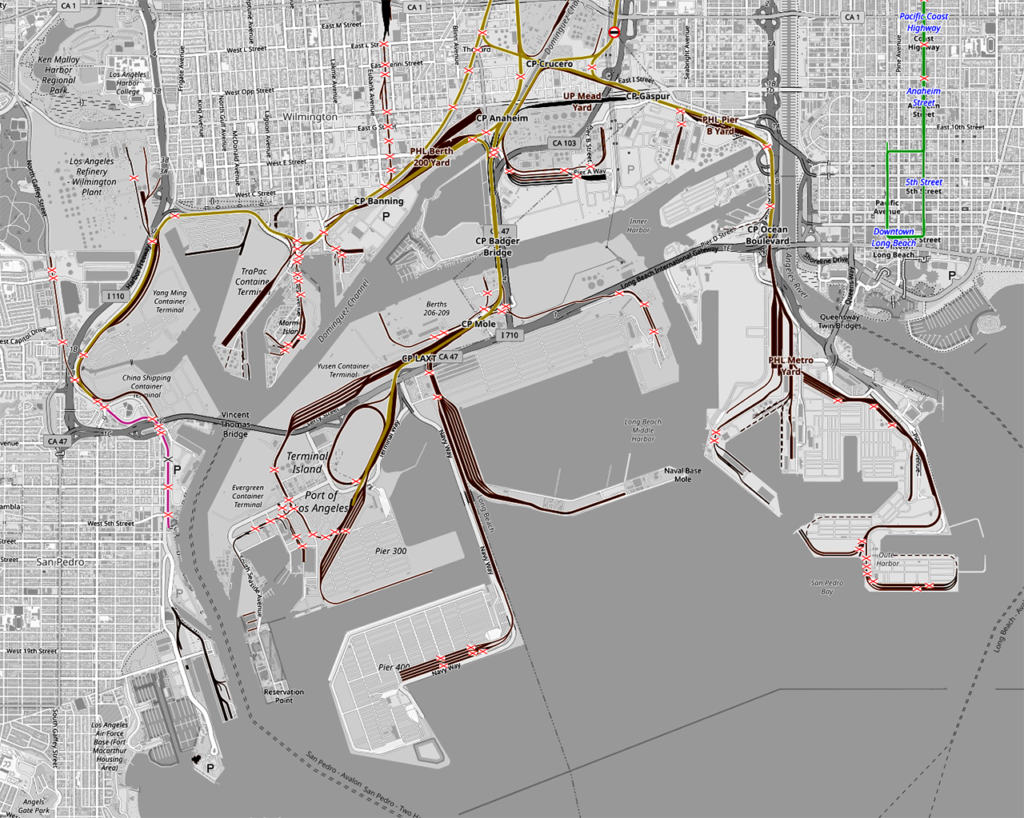
PHL is the neutral S&T (switching and terminal) operator of the on-dock rail network serving the Ports of Los Angeles and Long Beach, which handle 37% of all U.S. imports and 21.7% of all exports. PHL operates some 30 intermodal trains daily.
PHL recently began operating a Progress Rail EMD® Joule SD40JR battery-electric locomotive in revenue service. No 50, according to Progress Rail Director of Electrical Systems Sidarta Beltramin, is performing well in day-to-day operations alongside traditional units, sometimes in multiple-unit lashups but mostly as a standalone. The response from train and engine crews has been positive.
“PHL has been using the locomotive consistently,” says Beltramin “We’ve been refining some features, and we’re obtaining more and more knowledge every day on how the unit is performing. In terms of what we expected from testing at MxV Rail and what the unit is delivering at PHL, its performance has been what we predicted. During testing, we tried to simulate worst-case scenarios that we could encounter in a real-world application. So far, the performance correlates well with what we tested, in terms of performance in general and how the batteries are functioning. It’s quite consistent. It performs or handles similarly to a diesel-electric unit, but it’s different because it’s quiet. We purposely configured it to perform like a diesel so PHL doesn’t need to change its operating practices or retrain crews. We did not set it up to provide instant power. Rather, we matched the performance of the existing fleet.”
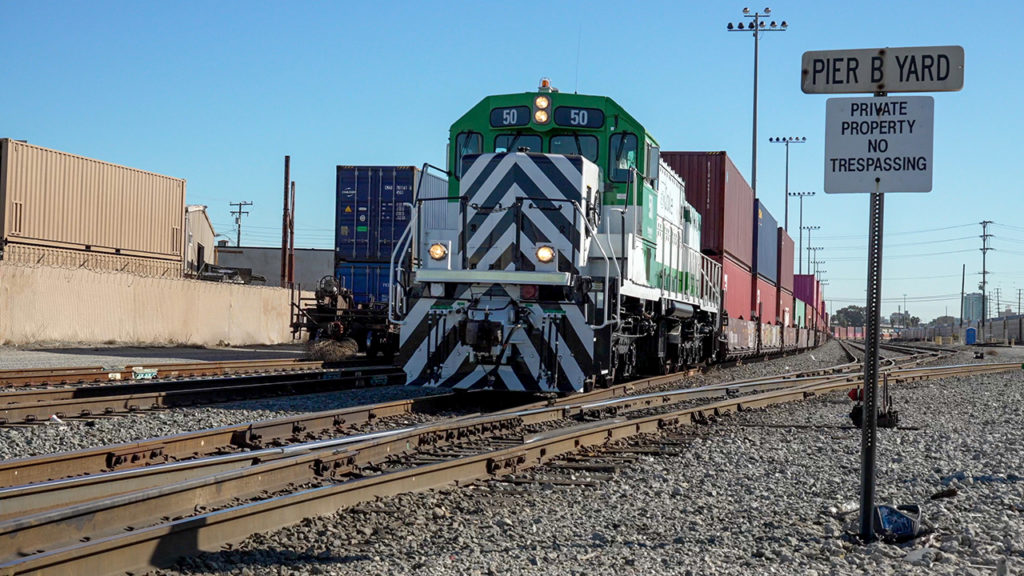
“We were honored to have many of the nation’s leading industry experts come together at our facilities,” said ARH President and CEO Peter Gilbertson, who co-hosted the event with ARH Vice President and Chief Commercial Officer Eric Jakubowski and PHL President O. L. Cliatt II. “Our wide-ranging discussions provided a valuable opportunity to focus on the importance of a safe, reliable and green supply chain for America.”
Jakubowski is Chair of the Railroad-Shipper Transportation Advisory Council (RSTAC) which advises the STB, the Secretary of Transportation and Congress on railroad-transportation policy issues of particular importance to small shippers and railroads.
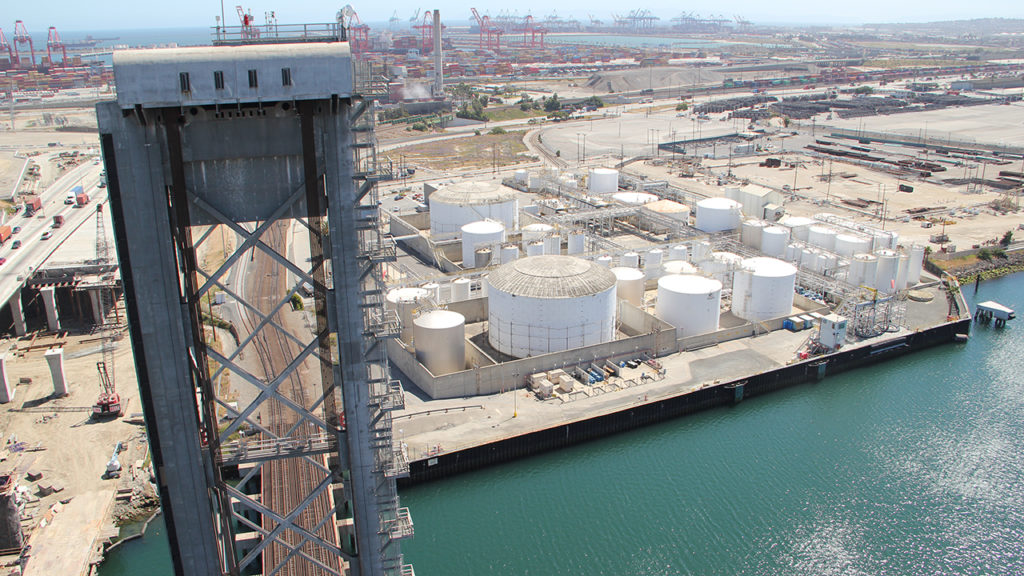
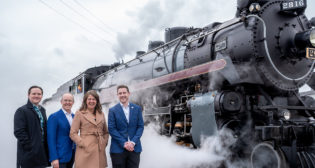

![Balsa 91 transits the Fort McHenry Channel [Key Bridge Response 2024 Unified Command photo by U.S. Army Corps of Engineers Visual Information Specialist Christopher Rosario]](https://www.railwayage.com/wp-content/uploads/2024/04/Balsa91-315x168.jpg)
